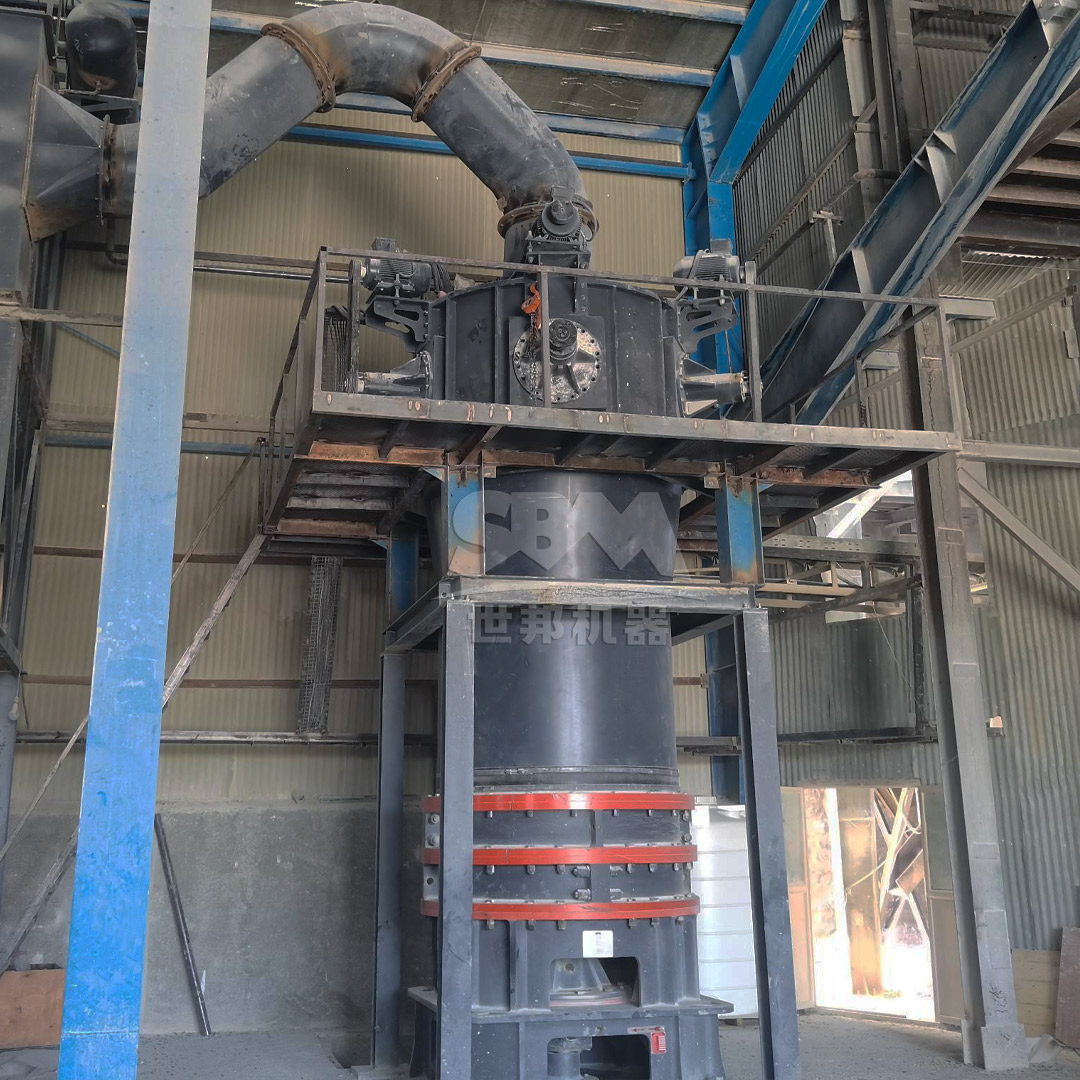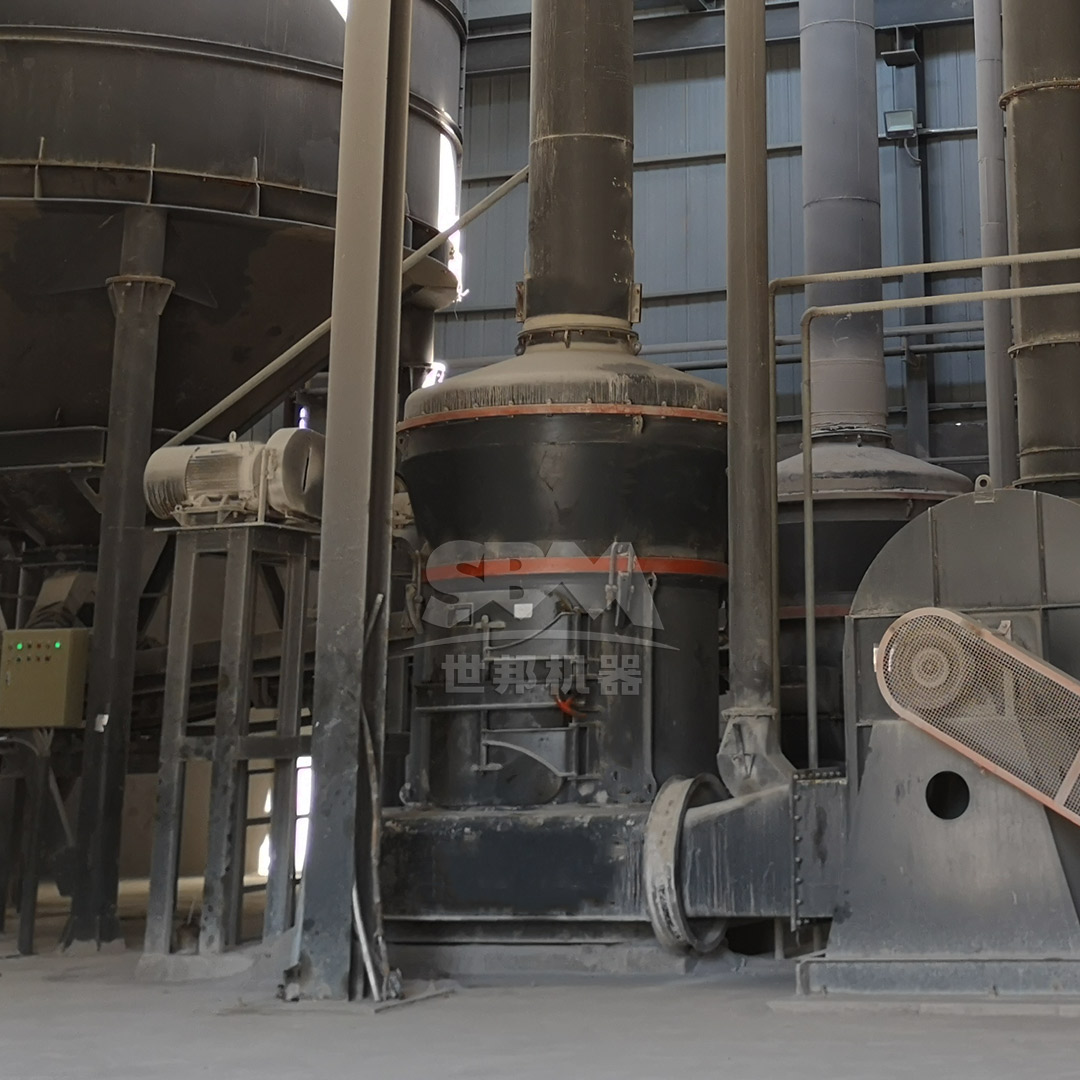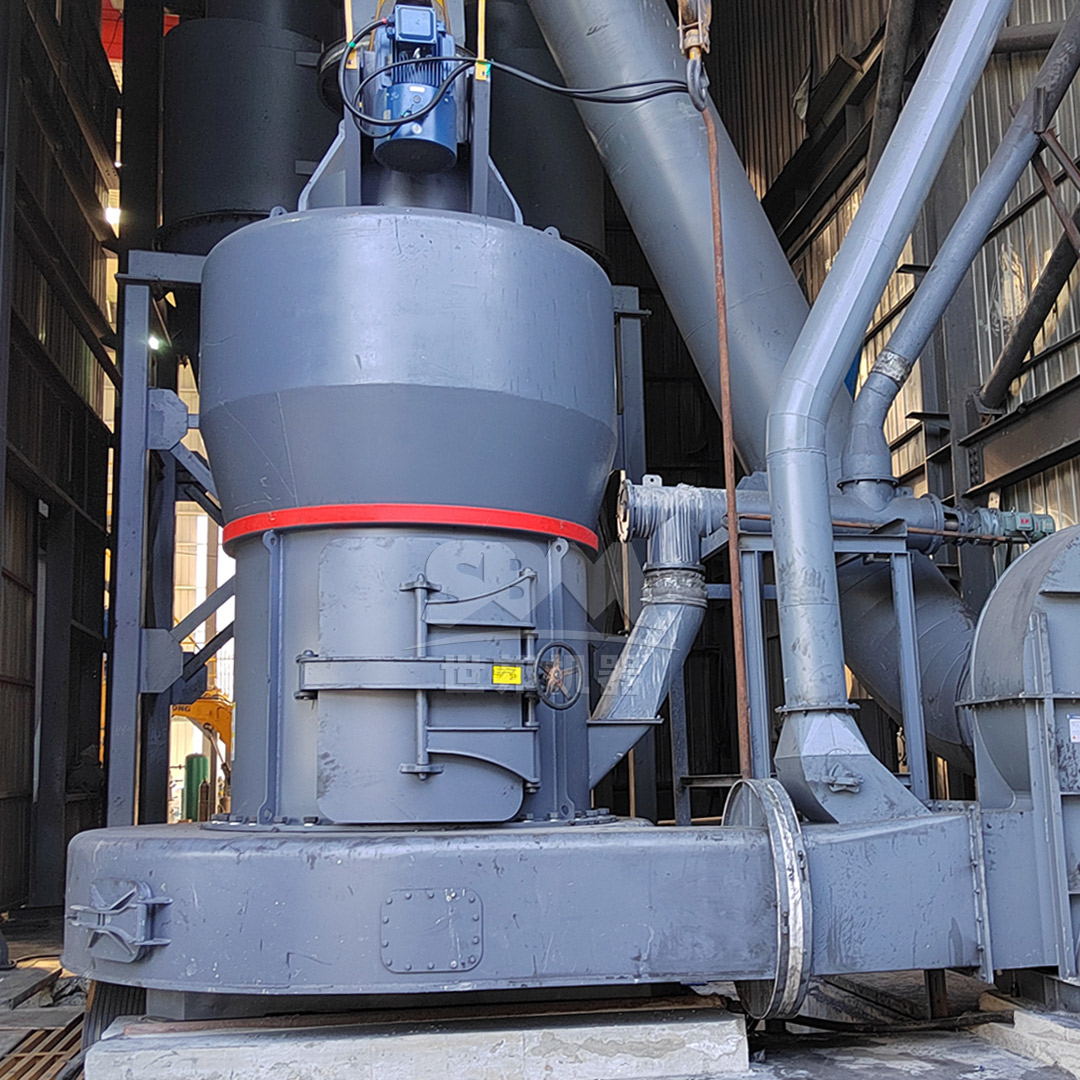In the highly competitive world of cutting tool production, precision is not merely an advantage—it is an absolute necessity. The manufacturing of high-performance cutting tools demands materials with exceptional hardness, wear resistance, and thermal stability. Quartz-based materials, including engineered ceramics and composite minerals, have emerged as fundamental components in this sector. The transformation of raw quartz into the precise powders required for tool production hinges entirely on advanced grinding technology. Modern quartz grinding machines have revolutionized this process, enabling manufacturers to achieve micron-level consistency that directly translates to superior cutting performance, extended tool life, and reduced production costs.
The evolution of grinding technology has progressed from basic crushing to sophisticated precision milling systems capable of producing powders with tightly controlled particle size distributions. This technological advancement has allowed cutting tool manufacturers to engineer materials with specific characteristics tailored to particular applications, whether for metalworking, wood processing, or specialized industrial cutting.
The relationship between particle size distribution and cutting tool performance is both complex and critical. Inconsistencies in powder fineness directly impact the structural integrity of the final product. When powder particles vary significantly in size, the resulting material develops microscopic weaknesses that compromise tool durability and cutting precision.
Advanced quartz grinding machines address this challenge through sophisticated classification systems that ensure remarkable consistency in output. The importance of this consistency cannot be overstated—tools manufactured from uniformly fine powders exhibit superior edge retention, reduced chipping, and more predictable wear patterns. This precision becomes particularly crucial in applications requiring extreme accuracy, such as medical instrument manufacturing or aerospace component production.
Modern grinding systems achieve this consistency through multiple technological innovations. High-precision air classifiers separate particles based on size and density, while advanced control systems continuously monitor and adjust operational parameters to maintain target specifications. The result is a powder product with a narrow particle size distribution that provides the foundation for exceptional cutting tool performance.
The journey from traditional grinding methods to today’s advanced systems represents a significant technological leap. Early grinding approaches relied heavily on mechanical impact forces, which often resulted in inconsistent particle sizes and high energy consumption. Contemporary systems have transformed this process through the implementation of multiple grinding principles working in concert.
Modern quartz grinding machines typically incorporate a combination of compression, attrition, and impact forces, carefully calibrated to optimize efficiency while minimizing heat generation and equipment wear. This multi-faceted approach allows for precise control over the grinding process, enabling operators to fine-tune output characteristics according to specific application requirements.
The integration of digital control systems has further enhanced grinding precision. Real-time monitoring of critical parameters—including temperature, pressure, and motor load—allows for immediate adjustments that maintain consistent output quality. These systems can automatically compensate for variables such as material moisture content or hardness variations, ensuring stable performance across different production batches.
| Technology Feature | Traditional Systems | Modern Advanced Systems | Impact on Cutting Tool Quality |
|---|---|---|---|
| Particle Size Control | Broad distribution (±50μm) | Tight distribution (±5μm) | Improved structural homogeneity |
| Energy Efficiency | High energy consumption | 30-50% reduction | Lower production costs |
| Classification Accuracy | Basic separation | Multi-stage precision classification | Enhanced material properties |
| Automation Level | Manual operation | Fully automated with PLC controls | Consistent batch-to-batch quality |
For manufacturers requiring the highest levels of precision in quartz grinding for cutting tool applications, the SCM Ultrafine Mill represents a technological breakthrough. This advanced grinding system delivers exceptional performance specifically engineered for producing the ultra-fine powders essential to modern cutting tool manufacturing.
The SCM series stands out through its remarkable ability to produce powders with fineness ranging from 325 to 2500 mesh (D97≤5μm), a critical specification for high-performance cutting tools where microscopic consistency directly translates to macroscopic performance. The system’s vertical turbine classifier ensures precise particle size control, eliminating coarse powder contamination and delivering unparalleled uniformity—a fundamental requirement for tools subjected to extreme operational stresses.
Beyond its precision capabilities, the SCM Ultrafine Mill offers significant operational advantages. Its innovative design reduces energy consumption by approximately 30% compared to conventional airflow mills while doubling processing capacity. This combination of precision and efficiency makes it particularly valuable for manufacturers seeking to enhance product quality while controlling production costs. The system’s durable construction, featuring specially hardened grinding rollers and rings, extends component life significantly, reducing maintenance requirements and ensuring consistent long-term performance.

In practical application, the SCM Ultrafine Mill’s intelligent control system automatically monitors and adjusts output fineness, providing real-time feedback that maintains product specifications within tight tolerances. This automation reduces operator intervention while enhancing consistency—particularly valuable in high-volume production environments where minute variations can impact entire product batches.
For larger-scale production requirements without compromising on precision, the MTW Series Trapezium Mill offers an optimal solution. This advanced grinding system combines high throughput capacity with the precise control necessary for cutting tool material production, processing up to 45 tons per hour while maintaining output fineness between 30-325 mesh.
The MTW series incorporates several technological innovations that enhance its precision grinding capabilities. Its curved air channel design minimizes energy loss during material transport while improving classification efficiency. The integrated cone gear transmission system achieves remarkable 98% transmission efficiency, ensuring stable operation and consistent output quality. These features work in concert to deliver powders with tightly controlled particle size distributions essential for manufacturing durable, high-performance cutting tools.
Operational efficiency extends beyond raw processing capacity. The MTW series features wear-resistant components designed for extended service life, including combination shovel pieces that reduce maintenance costs and curved surfaces that prolong roller longevity. These design considerations minimize production interruptions for maintenance, supporting continuous operation in demanding manufacturing environments.

The successful application of quartz grinding technology in cutting tool production requires careful consideration of material characteristics and their relationship to grinding parameters. Different quartz varieties exhibit distinct hardness, fracture tendencies, and thermal properties that influence both the grinding process and the resulting powder characteristics.
Advanced grinding systems address these variations through adjustable operational parameters that can be fine-tuned for specific material types. Grinding pressure, classifier speed, airflow volume, and feed rate can all be optimized to achieve the desired powder properties while maximizing efficiency. This flexibility allows manufacturers to process diverse quartz materials while maintaining consistent output quality.
The relationship between grinding parameters and final product characteristics extends beyond simple particle size. Parameters such as particle shape, surface area, and chemical purity all influence the performance of cutting tools manufactured from the resulting powders. Modern grinding systems provide control over these characteristics, enabling manufacturers to engineer materials with specific properties tailored to particular applications.
Maintaining consistent quality in quartz powder production requires robust quality control systems integrated throughout the grinding process. Advanced grinding machines incorporate multiple monitoring points that track critical parameters in real-time, enabling immediate adjustment to maintain product specifications.
These quality assurance systems typically include laser particle analyzers that continuously monitor output fineness, temperature sensors that prevent thermal damage to sensitive materials, and vibration detectors that identify potential mechanical issues before they impact product quality. The data collected from these monitoring systems feeds into automated control algorithms that fine-tune operational parameters, ensuring consistent output despite variations in raw material characteristics or environmental conditions.
The implementation of comprehensive quality control extends beyond the grinding process itself. Modern systems often include integrated packaging solutions that protect the delicate powder structures during storage and transport, preserving the carefully engineered characteristics until the material reaches the cutting tool manufacturing process.
| Quality Parameter | Measurement Method | Target Specification | Impact on Cutting Tool Performance |
|---|---|---|---|
| Particle Size Distribution | Laser diffraction analysis | D97 ≤ 5μm for ultrafine applications | Edge sharpness and retention |
| Chemical Purity | XRF spectroscopy | ≥99.5% SiO2 content | Thermal stability and wear resistance |
| Moisture Content | Loss on drying | ≤0.5% for most applications | Sintering characteristics and density |
| Bulk Density | Tap density tester | Application-specific targets | Final product structural integrity |
The economic viability of precision grinding systems extends beyond their initial purchase price to encompass operational efficiency, maintenance requirements, and product quality implications. Advanced quartz grinding machines represent significant investments that deliver returns through multiple channels.
Energy efficiency stands as a primary consideration in operational economics. Modern systems like the SCM Ultrafine Mill and MTW Trapezium Mill incorporate design features that minimize power consumption while maximizing throughput. These efficiency gains translate directly to reduced operating costs, particularly important in energy-intensive grinding applications.
Maintenance requirements and component longevity similarly impact operational economics. Grinding systems constructed with wear-resistant materials and designed for simplified maintenance reduce both downtime and replacement part costs. Features such as the SCM series’ specially hardened grinding rollers and the MTW series’ combination shovel pieces extend service intervals, supporting continuous production in demanding manufacturing environments.
Perhaps most significantly, the precision achieved by advanced grinding systems enhances the value of the final product. Cutting tools manufactured from consistently fine, high-quality powders command premium prices in the market and deliver superior performance that builds brand reputation and customer loyalty.
Modern quartz grinding operations must address significant environmental and safety considerations alongside technical and economic factors. Dust control represents a primary concern, both for workplace safety and environmental compliance. Advanced grinding systems incorporate comprehensive dust collection systems that capture particulate matter at multiple points in the process.
Noise reduction similarly features prominently in contemporary grinding machine design. Systems such as the SCM Ultrafine Mill operate at noise levels below 75dB through integrated soundproofing technologies, creating safer and more comfortable working environments while meeting regulatory requirements.
Beyond these immediate workplace considerations, environmental responsibility extends to energy efficiency and resource conservation. The reduced power consumption of advanced grinding systems minimizes their carbon footprint, while optimized grinding efficiency reduces material waste. These environmental considerations increasingly influence purchasing decisions as manufacturers seek to enhance their sustainability credentials.

The evolution of quartz grinding technology continues as manufacturers demand ever-higher levels of precision, efficiency, and automation. Several emerging trends promise to further enhance the capabilities of grinding systems for cutting tool production.
Artificial intelligence and machine learning represent particularly promising developments. These technologies enable grinding systems to continuously optimize their operation based on real-time performance data, anticipating maintenance needs and automatically adjusting to material variations. This intelligent automation reduces operator intervention while enhancing consistency and efficiency.
Nanotechnology applications continue to push the boundaries of powder fineness, with grinding systems evolving to produce increasingly fine particles with narrow size distributions. These ultra-precise powders enable the manufacturing of cutting tools with exceptional edge sharpness and durability, particularly valuable in specialized applications such as micro-machining and medical device manufacturing.
Integration with broader manufacturing systems represents another significant trend. Modern grinding machines increasingly function as components within fully automated production lines, communicating with upstream and downstream equipment to optimize overall process efficiency. This integration supports the lean manufacturing principles that dominate contemporary industrial production.
The critical role of quartz grinding machines in cutting tool production cannot be overstated. These advanced systems transform raw mineral materials into precisely engineered powders that form the foundation of high-performance cutting tools. The consistency, fineness, and purity achieved through modern grinding technology directly translate to enhanced tool performance, extended service life, and superior cutting precision.
As cutting tool applications become increasingly demanding and specifications more rigorous, the importance of advanced grinding technology continues to grow. Systems such as the SCM Ultrafine Mill and MTW Trapezium Mill represent the current state of the art, delivering the precision and efficiency required by contemporary manufacturers. The ongoing evolution of grinding technology promises further enhancements, supporting the development of ever-more sophisticated cutting tools for the manufacturing challenges of tomorrow.
For manufacturers seeking to maintain competitiveness in the global cutting tool market, investment in advanced quartz grinding technology represents not merely an operational improvement, but a strategic necessity. The precision achieved at the grinding stage echoes through the entire manufacturing process, ultimately determining the performance characteristics of the finished product in the hands of end users.